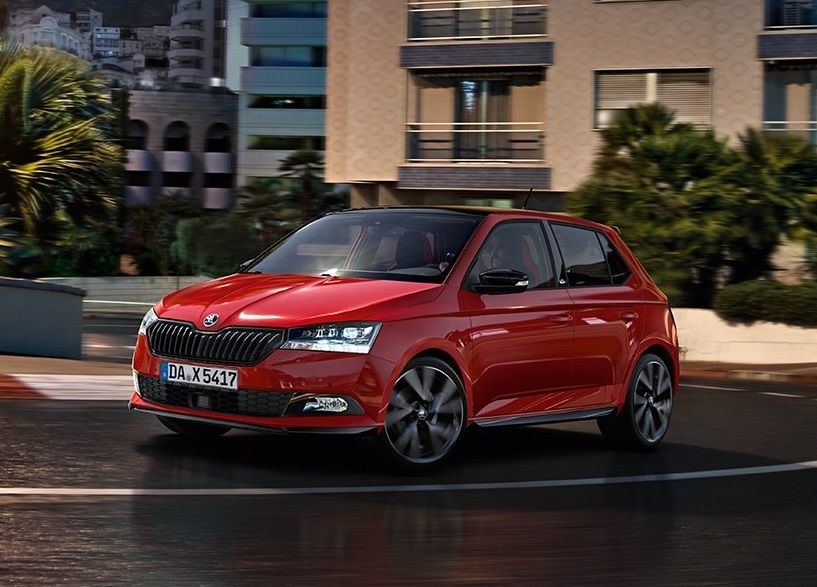Interested in the rules that govern the German
number plate system? Want to know how it has been moulded
by history? Or how much a personalised plate costs
in Germany?
In this part of our Deciphering
Number Plates series, our attention to Germany, the land of Autobahns
without speed limits (and the famous Cobra 11 highway police), home
to several carmakers, and the birthplace of the legendary Beetle.
Number plates have been in use
in Germany since 1906. The first version of the system we are
accustomed to today was introduced in the Federal Republic of Germany
in 1956 (i.e. in West Germany as was). Back then, the system
factored in the potential unification of Germany by “reserving”
certain letters and combinations for East German towns and regions, e.g. the
letter L was reserved for Leipzig. Interestingly, this belief that there
would one day be unification appears to have waned in West
Germany over time, as evidenced by the fact that, in 1977, the
letter L was handed to the new town of Lahn (which you have
probably never heard of because it only existed for two and
a half years before this attempt at reorganising the local
administration was reversed) and, ultimately, to the district
of Lahn-Dill in Hesse. Once German reunification did, in fact,
happen, the letter L was “returned” to Leipzig, and Lahn-Dill was
given the abbreviation LDK instead.
One of the peculiarities of the
German system is the process in place for issuing number plates. The
transport authority itself does not give you a plate, but a document
containing the vehicle registration number assigned to you. Then, near the
authority, there tend to be private businesses that will make the
number plate with your registration number while you wait (it can cost
about EUR 30 to make plates, though as a rule the
further away from the authority you go, the cheaper the price). You then take
your plates back to the authority, which, after you have paid the
registration fee, affixes the vehicle inspection sticker and the federal state
sticker. You are now in possession of valid number plates.
Standard German number plates use black print
on a white background. There is a blue strip featuring the
stars of the European Union and Germany’s country code on the left.
The registration number can have up to eight characters, which are
visually split into three clusters. The first one to three letters
indicate the city or district where the car was registered.
As a general rule of thumb, the more populous a city
or district, the shorter the abbreviation. For example, Berlin is denoted
by the letter B, Munich by M, and Frankfurt by F. The reason for
this is entirely practical – the shorter the first part of the
registration number, the more characters (and hence combinations) are available
for other purposes. The cluster designating the city/district is followed by the
vehicle inspection sticker and the federal state sticker, and then
by a combination of one or two letters and one to four
digits forming the plate’s unique identification. This formatting makes
it very important, when writing down a number, to correctly
split the letters denoting the city/district from the random letters. For
example, S KO 1895 is not the same as SK O 1895
because S denotes Stuttgart, while SK is the Saale district
in Saxony-Anhalt.
CLICK
HERE for further information and to see the how these have changed over the
years.





